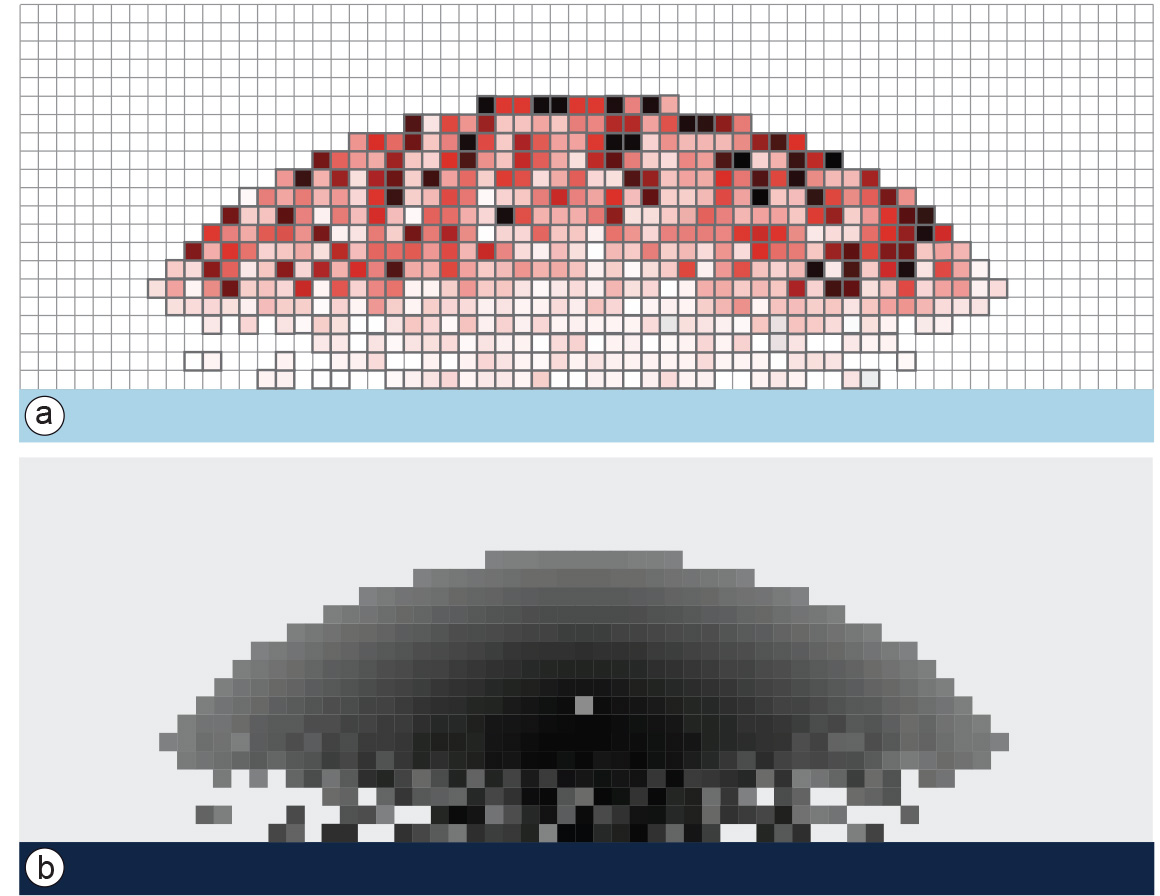Agent-Based
Introduction
To model complex phenomena that involve human or institutional behaviour it is helpful to represent them as multi-agent systems (MASs) and use an Agent-Based Modeling (ABM) approach. MASs describe the observed world in terms of actors (agents) that are characterized by certain rules (behaviour) that depend on the state of the environment, the state of the agent and its spatial location. Each agent is represented as an independent computerized entity capable of acting locally in response to stimuli or to communicate with other agents.
The applications are generally developed with an object-oriented language. Swarm (Minar, Burkhart, Langton & Askenzi (1996)) was one of the first software packages designed for ABM. Now tools like Repast, NetLogo, Mason or Cormas are more often used. These tools, which include spatial representation, simulation utilities for Monte-Carlo type methods, and links to other software (GIS, databases), are useful for the implementation of different social or ecological systems. Algorithms or structures are provided to implement the link between agents and their environment and routines are provided to organize societies of agents.
During a participatory process stakeholders help to identify the actors involved in the decision making process, the interactions among them and with their environment. For the last decade, many scholars have considered a new implementation model for agent-based modelling. They implement them through Role-Playing games (Bousquet, Barreteau, LePage, Mullon & Weber (1999) & Barreteau, LePage & Perez (2007)). The combination of computerized ABM and Role-Playing games can also be invoked.
Examples
An example of an output from an agentbased model, which shows how various agents, representing land owners, are distributed around the town centre on a particular coast, where the
coastal amenities serve as an attraction and increase the price of the property, while at the same time they come with higher flooding risks, which make those areas inappropriate for agents with higher levels of risk perception.

External resources
- Barreteau, O., LePage, C. & Perez, P. (2007). Contribution of simulation and gaming to natural resource management issues: an introduction. Simulation & Gaming, 38(2),185–194. doi:10.1177/1046878107300657.
- Bousquet et al. (1999). An environmental modelling approach. The use of multi-agents simulations. In F. Blasco & A. Weill (Eds.). Advances in Environmental and Ecological Modelling, pp. 113–122. Paris, FR: Elsevier.
- Filatova, T., Voinov, A. & van der Veen, A. (2011). Land Market Mechanisms for Preservation of Coastal Ecosystems: an Agent-Based Analysis. Environmental Modelling & Software, 26, 179–190. doi:10.1016/j.envsoft.2010.08.001
- Minar, N., Burkhart, R., Langton, C. & Askenazi, M. (1996). The Swarm simulation system: A toolkit for building multi-agent simulations. Working Paper 96-06-042. Santa Fe Institute.
Outgoing relations
- Agent-Based is a kind of Implementation logic